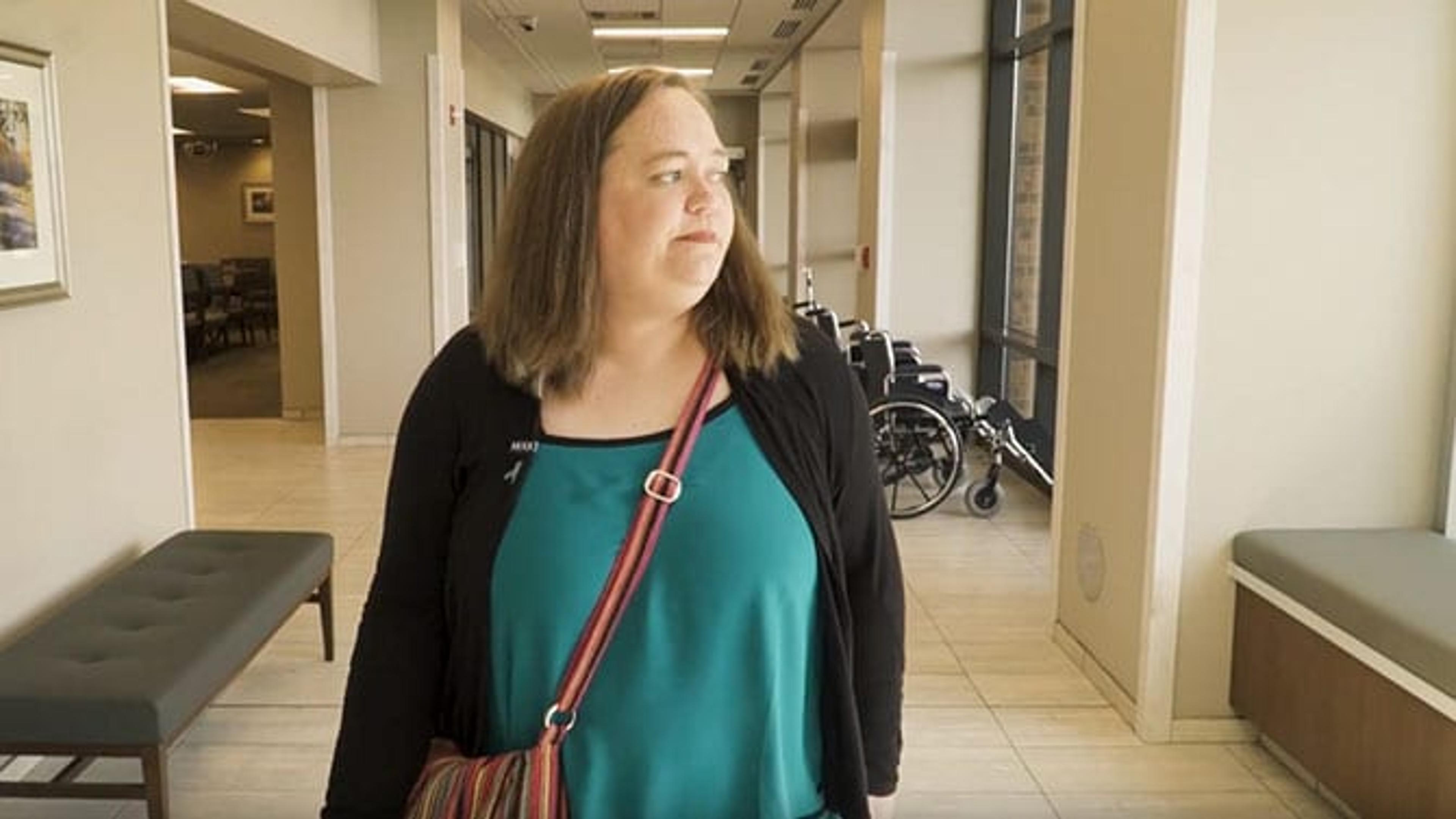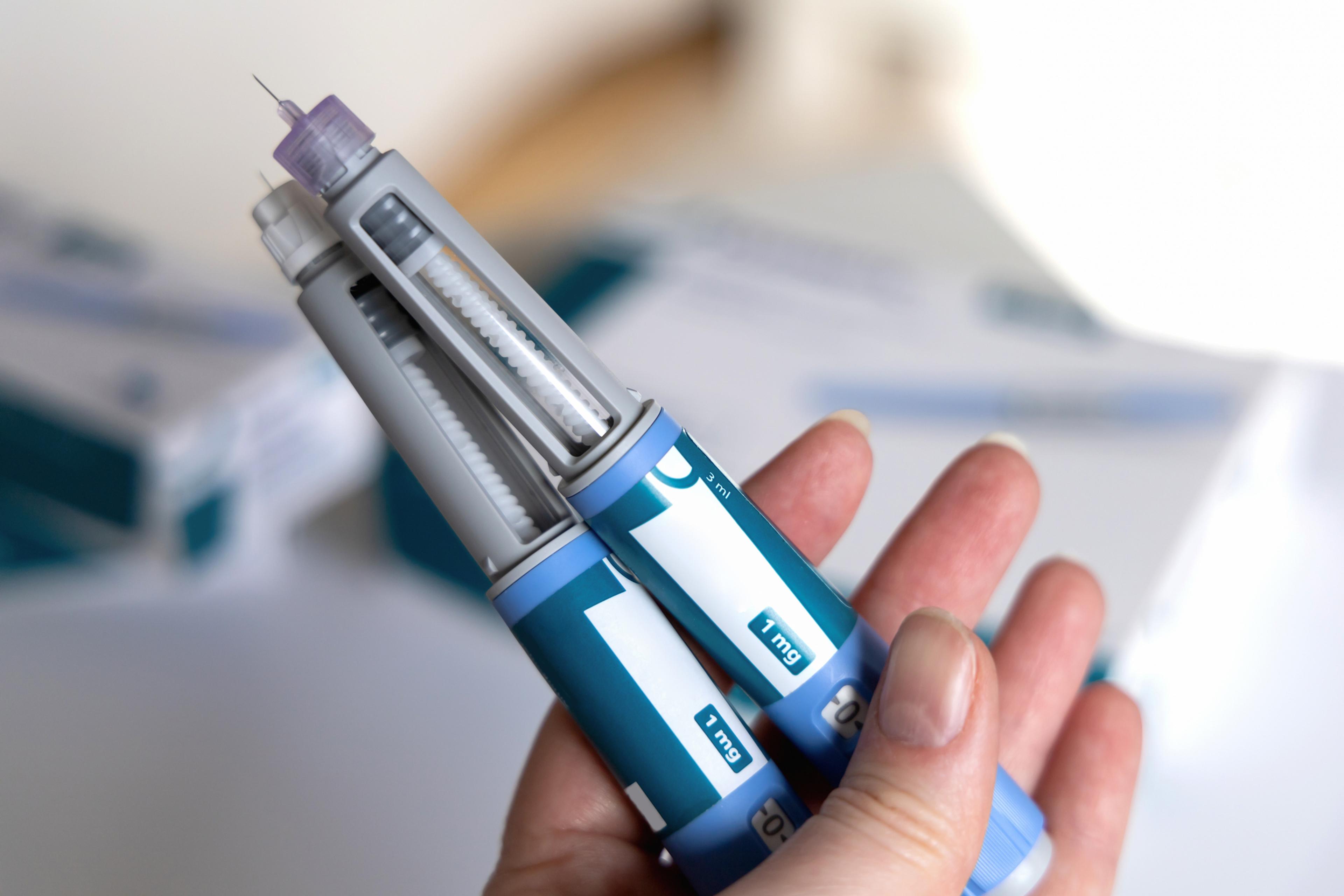How to Avoid Common Forms of Health Care Fraud
Jake Newby
| 4 min read

Health care fraud is more common than most people think. In the fiscal year 2022, the United States Sentencing Commission noted 431 health care fraud offenses, accounting for 8.4% of all theft, property destruction and fraud offenses in the U.S. that year. For context, the number of health care fraud offenders increased by 1.4% since the 2018 fiscal year.
The best way to avoid falling victim at the doctor’s office is to educate yourself. Here are some common forms of health care fraud and what to know, so you’re in a position to react properly if and when you are billed incorrectly.
Durable Medical Equipment schemes: Durable Medical Equipment (DME) fraud – also known as DME schemes – are scams that involve the collaboration of medical professionals, DME companies and others. They utilize telemarketing calls to take advantage of unsuspecting disabled and elderly Medicare members in multiple ways. Some schemes involve fraudulent prescriptions and the dispensing of unnecessary medical equipment.
Some involve DME companies obtaining names and addresses of Medicare recipients and billing Medicare for equipment they never send. Members who are victimized by DME fraud lose the benefit that allows them to order supplies and equipment they actually need, when they actually need it. Learn more about how to protect against DME fraud by reading this blog: Durable Medical Equipment Fraud Targeting Seniors: What to Know
Medically unnecessary services fraud: Providers who bill the government for health care services that are not medically reasonable or necessary violate the False Claims Act. Here are some examples of medically unnecessary services fraud:
- A doctor billing for surgical procedures performed on patients who do not meet the criteria for the procedures.
- A provider or pharmacy providing and billing for an expensive drug that is not necessary.
- A provider billing for diagnostic procedures that are not reasonable or necessary for diagnosis.
- A hospital classifying a patient as inpatient, so that the hospital can bill at higher inpatient rates.
- Providing ambulance services when such transportation is not necessary.
Services not rendered: Services not rendered is similar to phantom billing. An example of this is when a doctor or health care provider buys and/or secures a patient’s medical information and bills an insurer, despite never meeting the patient before. This is another form of fraud that commonly targets Medicare or Medicaid patients, as it is relatively easy to commit.
Telehealth fraud: Since telehealth is a relatively new concept, telehealth fraud is a relatively new crime. This can occur in a few different ways:
- When a member receives an unsolicited phone call from someone wanting to verify family history of cancer. This may be a telehealth doctor trying to approve members for a genetic testing kit that actually needs to be ordered by your primary care provider.
- When a member receives an unsolicited phone call from someone attempting to conduct a survey in order to collect insurance information that they then use to bill insurers for unnecessary services.
Phantom billing: When healthcare providers submit claims for reimbursement to insurance companies for services, supplies, or procedures they did not perform, that is known as phantom billing. Although insurers are left with the bill, patients and taxpayers at large are the ones who pay for these programs, because phantom billing can lead to higher health care costs for everyone. It’s a form of fraud that directly impact programs like Medicare, by fraudulently depleting available funds.
Unbundling: Unbundling boils down to improper coding. Instead of receiving one charge incorporating your entire appointment, providers break your bill down into several small bills that requires higher individual payments than you should owe for your one appointment. A common example of this is if a hospital bills an insurer for incisions and closures – which should be lumped into one surgical procedure bill – and breaks those charges down separately.
Unlicensed service: Fraud courtesy of an unlicensed service is pretty straightforward. It occurs the provider or provider’s assistant was unlicensed while performing a service. This is also known as health care license fraud. A submission for reimbursement of federal healthcare funds for unlicensed care is considered both a false claim and fraud.
Upcoding: When providers use billing codes to reflect more expensive services than the ones they actually provided, that is known as upcoding. Doctors of every type must document the care they provide to patients and then abide by standard billing codes to bill them. They are upcoding any time they purposely miscode a service. Here’s an example: You saw a doctor for 15 minutes and they billed your insurance company for 60 minutes, while also adding X-rays and other services you didn’t receive.
If you suspect fraudulent activity, you can report it to the CFI staff confidentially. They maintain a policy that enforces non-retaliation and non-intimidation against those who report potential concerns. Click here to file a report.
Photo credit: Getty Images
Continue reading:





